How can a novice summer resident plant grapes in Siberia?
Living in a cold region is not a reason to eat only imported southern berries, and growing grapes in Siberia is not a fantasy, but a very real phenomenon. On the forums of gardeners, you can find complaints that a person spent time and money, but he was not able to care for a delicate culture. Indeed, the occupation is difficult, so it is better to accumulate experience gradually. Do not try to immediately start a huge plantation with many different varieties, start with the simplest. For the first try, try growing a decorative girlish grapes.
Where to get high-quality planting material
First of all, take care of the planting material. Do not buy seedlings on the market: unscrupulous sellers have noticed the interest of Siberians in exotic culture and make good money on it. In the south, they buy for a pittance the cheapest species, which no care will help them survive the harsh winters. In cold regions, the vine is sold for a lot of money under the brand name of zoned varieties.
For quality material, check out your local nursery or specialty mall. Experienced consultants will advise you on which varieties are good for beginner winegrowers, give advice on planting and care. If your friends have already mastered the cultivation of grapes in the northern dacha, you can take the seedlings from them.
Even if you know how to properly plant grapes in Siberia, but use the wrong material, you may not wait for the harvest. When choosing seedlings, pay attention first of all to frost resistance and early ripening of fruits.
The best varieties for Siberia:
- Thumbelina;
- Savraska white;
- Klyunevsky;
- Buratino;
- Siberian bird cherry;
- Sharov's riddle.
Maiden grapes are propagated by seeds, cuttings and layering. The easiest way is to cut off a part of the shoot with leaves in the fall and put it in a vessel with water. Spray the cutting from time to time. When roots appear, you can plant it in the ground.
Preparation of a plot for a vineyard
To make a southern guest feel comfortable in unusual conditions, you need to provide him with the most convenient place and provide good care. The plant is accustomed to the sun - plant it where neither trees nor buildings will shade the vineyard. The vine needs a lot of moisture, but high groundwater will badly affect its root system. Cold northerly and northeasterly winds will also not like heat-loving culture. To prevent grapes from freezing in winter, they need a snow cover at least 50 cm thick.
On a good bush, many long shoots grow annually, and in a short summer several kilograms of berries ripen on it. Good nutrition is needed for such a rapid development. The soil should be light and fertile.
In order for the plants to be spacious, the distance between them should be at least 2 m. You can dig a trench 0.5 m wide and 60 cm deep or separate holes of the same volume. Place 10 cm of gravel at the bottom for drainage. Pour fertile soil in half with compost under the roots, add 50 g of superphosphate and 20 g of potash fertilizer to each pit. Mix the soil well, cover it with earth on top so that the root system does not come into contact with chemicals.
Maiden grapes are less picky about growing conditions. He also does not like high groundwater, but it can grow in the shade and on not very fertile soils. It is desirable that the ground be loose before planting - carefully dig up the site.
Planting vines
Grapes are planted in spring, when the temperature outside reaches + 15.In Siberia, this weather usually occurs towards the end of May. Although the plant loves the sun, it will not like planting on a very clear day. Choose cloudy weather or an evening before sunset.
Both girlish and fruit grapes will take root faster if the root system is properly prepared. Before planting, treat the underground part with a growth stimulant and dip it in a clay mash. Spread out the roots of the plant and place it in the hole. The root collar should be buried a couple of centimeters into the ground. You do not need to fill the holes flush with the ground, leave a circle about 10 cm deep.
Stock up on trellises in advance and install them near the bushes. After planting, shoots should only grow vertically. This position enables the plant to develop correctly and makes it easier to care for it. In the early days, the soil should be constantly moist. If you see that the top layer is dry, water the plantings.
When planting maiden grapes, calculate the depth and diameter of the holes according to the size of the root system of the seedling. All roots should be covered with soil, it is better to deepen part of the stem than to leave a fragment of the appendage on the surface. Planting is possible not only in spring, but also in September.
Vineyard care
The soil in the hole has been well fertilized, but the young roots cannot reach the nutrient-rich layer. Feed the plants several times with a manure solution: 1 liter per 10 liters of water. Since August, nitrogen is harmful to plants, it causes rapid growth of young shoots, and the bush will not have time to prepare for wintering. At the end of summer, water them with phosphorus-potassium fertilizers a couple of times. Girlish grapes can be watered with a superphosphate solution.
In Siberia, grapes usually do not get sick and are not affected by pests: all infections and insects hostile to it live in warm regions. Summer care comes down to watering, fertilizing, weeding and loosening. Cover the ground along the rows with a thick layer of mulch, then this work will be cut in half. Girlish grapes also do not require complex care, the methods are similar to those used in relation to fruit varieties.
When the bushes begin to bear fruit, you need to correctly calculate the number of buds from which clusters appear. If there are few of them, shoots will begin to develop vigorously, and the bush will not prepare for wintering. If the harvest is too abundant, young shoots will not develop.
In the fall, prune, leaving the required number of eyes.
- The first two years do not need to be cut.
- Third year - 20 fruit buds.
- The fourth year is up to 40.
- Fifth year - up to 60.
Do not let the young bush grow many shoots. In the first year, leave 1-2 of the strongest shoots, shorten the rest, so that 2 leaves remain on each. In the fall, after the first frost, remove the vine from the trellis and trim off any unripe areas. Place the shoots on the ground and insulate. There are many ways: you can dig shallow trenches and bury the vine or fill it with sawdust, pine needles, straw. The methods are laborious, and during the winter, some of the buds undergo heating. It is better to make a gutter about 25 cm deep from the boards and cover the laid shoots with wooden shields. Air and wood are excellent heat insulators, and a large snowdrift will not let even a strong cold down.
Advice
Bend the tip of the shoot to identify an immature area. If it bends well, the site did not have time to woody. On the ripe fragment, a crunch is heard when bent.
In the spring, dig out the bushes or remove the cover from the gutter, but do not lift the vine, but arrange it with a film cover. You can fix the shoots on the trellises when the danger of spring frosts has passed.
Maiden grapes winters well on the street, it does not need to be sheltered either from winter cold or from snowfall in May.
Extreme situation
If you decide to grow grapes in Siberia in the open field, be prepared for unpleasant surprises. At the beginning of summer, such frosts can hit that neither fires, nor fumigation with smoke, nor excellent care will save young shoots.You will have to say goodbye to this year's harvest, but the bushes themselves can be reanimated, and next year they will bear fruit.
First, cut out any frozen pieces. Then give the grapes extra nutrition, then the bush can survive.
Feed every week. The following scheme can be used.
- The first feeding is to take 30 g of complex fertilizers and 20 g of nitrogen-containing preparations for 10 liters of water.
- The second top dressing is for 10 liters of water, 0.5 liters of poultry manure and 1.5 liters of manure.
- Until the end of July, alternate the 1st and 2nd feeding.
- When leaves appear, dissolve 50 g of nitrogen fertilizer in 10 liters of water and spray the bushes, repeat the procedure after 10 days.
- In August, for top dressing, put 30 g of potassium and phosphorus fertilizers per 10 liters of water, exclude nitrogen and organic matter.
In July, the shoots will release the stepsons. Since the top has been cut off, many side shoots will appear on each vine. Leave the top shoot, and pinch all the rest, leaving 2 leaves. Greens are involved in photosynthesis and provide the bush with additional nutrition. In the fall, unnecessary processes can be cut off.
Output
If you want to grow southern plants in Siberia, start with the simplest - plant a girlish grape. It will not give edible fruits, but this unpretentious and very beautiful culture is perfect for landscape design. You can make a hedge, a green gazebo, a hut. This plant is a great workout for budding wine growers.
After you have learned how to grow girlish grapes, you can move on to fruit varieties. Planting and caring for them is more challenging, but fear not, you will succeed. The main task is not to be mistaken with the choice of a winter-hardy variety. For the first experience, plant 2-3 bushes, learn how to properly shape the vine to send it for the winter. Do not doubt your abilities, and in a few years you will be eating fresh berries, raisins and drinking compotes.
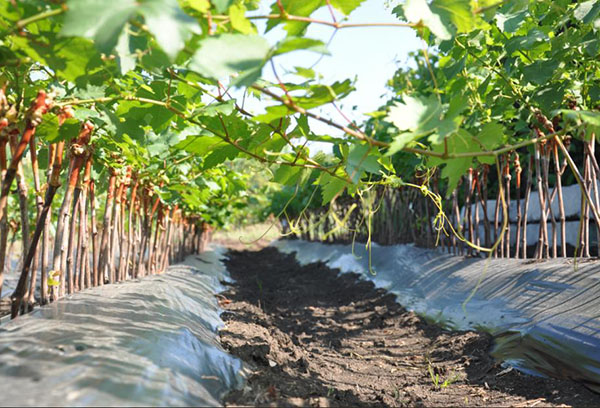
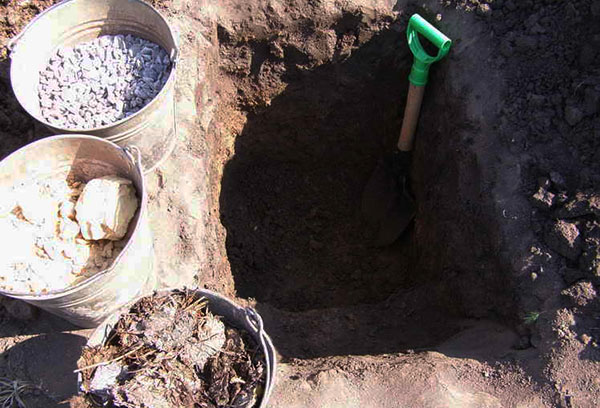
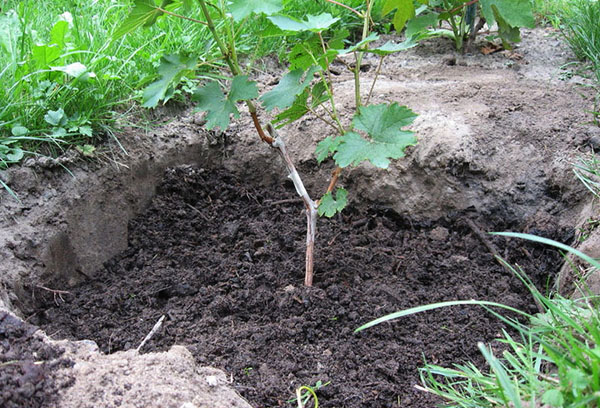
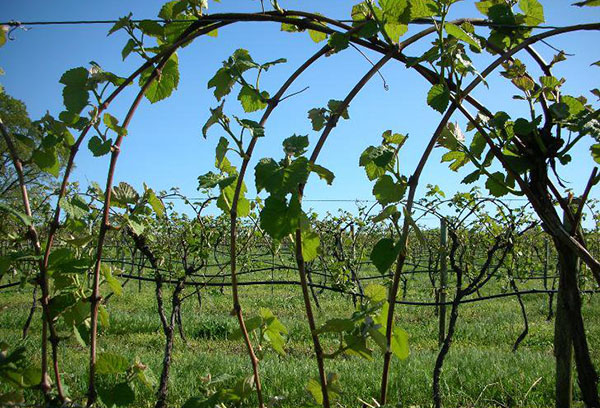
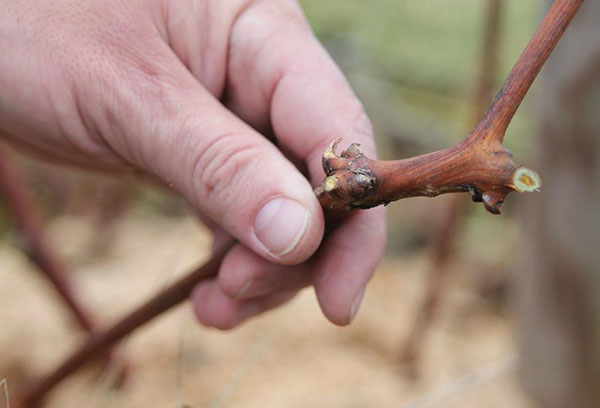
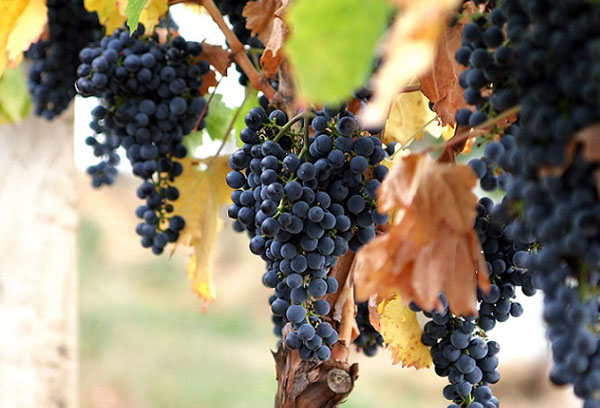
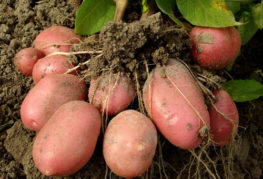

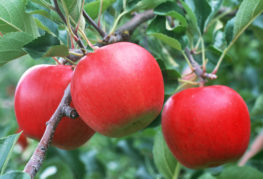
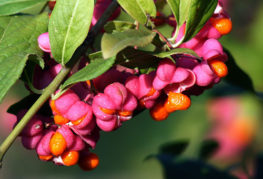


and will be published shortly.